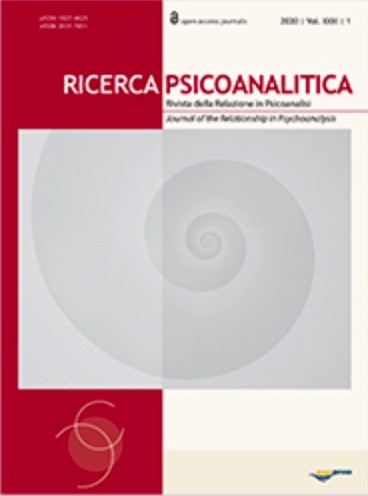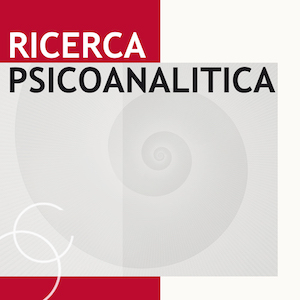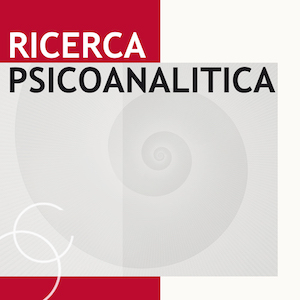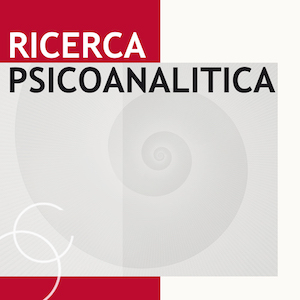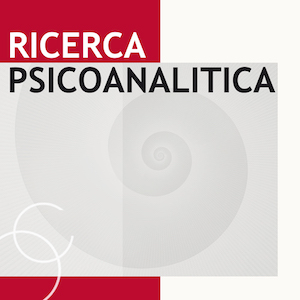The Diagnostic and Relational Process in Psychiatry. The Epistemological Validity of Normality and Pathology
All claims expressed in this article are solely those of the authors and do not necessarily represent those of their affiliated organizations, or those of the publisher, the editors and the reviewers. Any product that may be evaluated in this article or claim that may be made by its manufacturer is not guaranteed or endorsed by the publisher.
Accepted: 20 March 2020
Authors
This work aims to define the low epistemological relevance of method in psychiatry. We examine issues concerning the therapist-patient relationship; diagnostic labelling; fragmentation of the patient"s system of possibilities, and the impossibility of controlling differences between therapists with regard to the subjectivity of therapeutic relationships. Clinical research needs to tackle these questions to find a line of continuity between normality and pathology as there are no common peculiarities traceable only to patients. There is a fluctuation between more adaptive behaviour and more dysfunctional behaviour within both a pathological framework, and so-called normality. The fluctuation is based on the roughly adequate relational structure that characterises these dimensions and marks a continuum in the passage between normality and pathology. The structure can weaken to the extent that it turns into pathology. From these observations, we can explain the patient beyond the aspects that are typically circumscribed by mental disorder. This can lead to a more comprehensive view of the patient"s possibilities, and therefore, enable a more objective assessment that partially deconstructs the fragmentation process resulting from diagnostic labelling.
How to Cite
PAGEPress has chosen to apply the Creative Commons Attribution NonCommercial 4.0 International License (CC BY-NC 4.0) to all manuscripts to be published.

